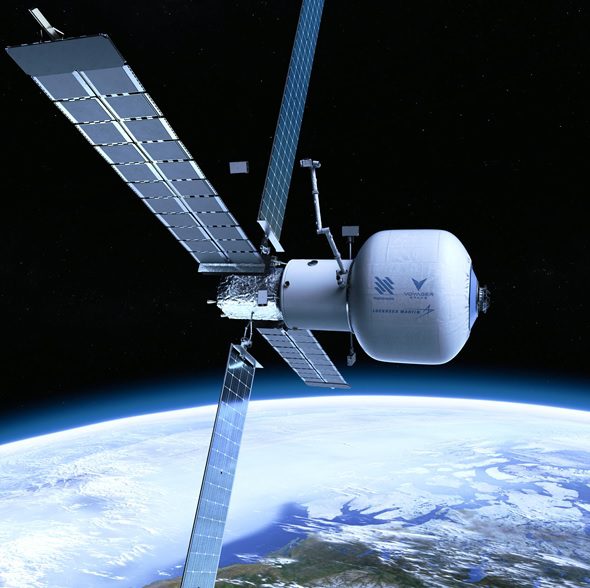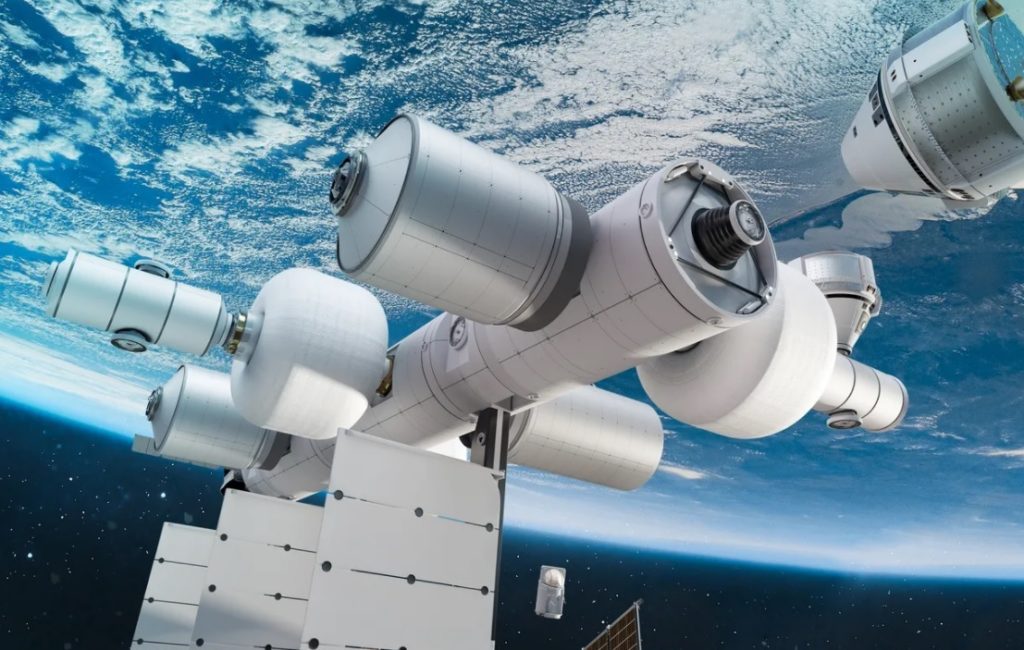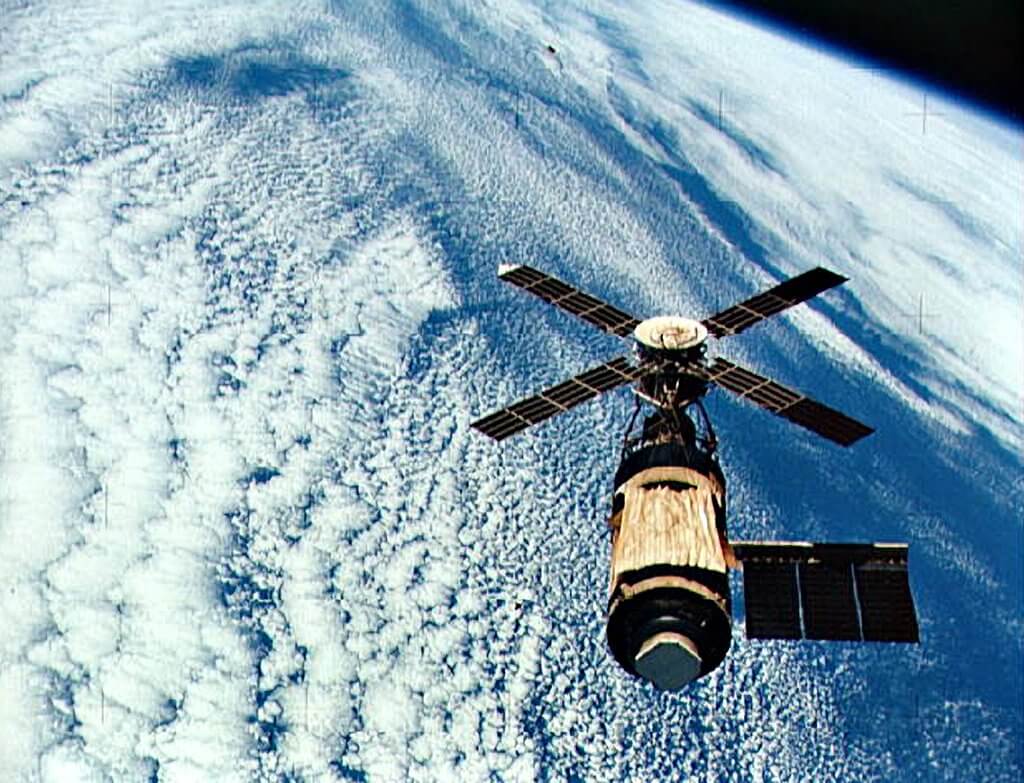Nanoracks, in collaboration with Voyager Space and Lockheed Martin, has formed a team to develop the first free-flying commercial space station. The space station, known as Starlab, will be a continuously crewed commercial platform, dedicated to conducting critical research, fostering industrial activity and ensuring continued US presence and leadership in low-Earth orbit. Starlab is expected to achieve initial operational capability by 2027.

Son of Skylab: Starlab is set to become the destination in low Earth orbit for NASA and commercial astronauts. Courtesy: Nanoracks
Aware that the International Space Station (ISS) will soon be retired, NASA recently announced the Commercial Low-Earth Orbit (LEO) Destination (CLD) project to support development of private space stations with up to US$400 million in funding. The Nanoracks team hopes it will gain some of this for the new Starlab facility, so that it can offer a national and commerical science base and crew a destination in LEO. It will be possible to conduct experiments in materials research and plant growth, as well as providing an in-orbit base for astronaut activity.
Starlab, or an alternative from one of the other ten or so teams competing for a CLD contract, is needed fast because the ISS is scheduled to be retired in 2025, albeit that this date may be extended for a few years. If there is no replacement, all those commercial crew and cargo transport outfits – SpaceX, Boeing/ULA, Sierra Space etc – will have no place to go.
Nanoracks will head the Starlab development effort given its experience in LEO space activities. Voyager Space, the majority shareholder in Nanoracks, will lead on strategy and capital investment and Lockheed Martin, a leader in developing and operating complex spacecraft, will serve as the manufacturer and technical integrator.
The basic elements of the Starlab space station include a large inflatable habitat, designed and built by Lockheed Martin, a metallic docking node, a power and propulsion element, a large robotic arm for servicing cargo and payloads, and a state-of-the-art laboratory system to host a comprehensive research, science and manufacturing capability. Starlab will be able to host up to four astronauts conducting critical science and research.
Update on 26 October: Soon after the Starlab announcement, a competitor team for CLD funding, led by Blue Origin and including Boeing and Sierra Space (a subsidiary of Sierra Nevada Corp), showed its hand with its new Orbital Reef space station design. Orbital Reef will be a core module to which solid wall and inflatable modules (government or commercial) can be attached. It will be placed in a low Earth orbit similar to that of ISS with a 51.6 degree inclination. Russia could also use the space station with its Soyuz spacecraft/rocket combination. Orbital Reef is planned to have 100kW of power generation – up to 90 per cent of current ISS capacity – and to be able to accommodate up to 10 astronauts at any one time. Noting its commercial space opportunities, the Blue Origin-led team describes the Orbital Reef as a “space business park”.
Comment by David Todd: Orbital Reef, which is more like a “Son/Daughter of ISS” in concept, has multiple modules, making it more complicated and expensive to build, launch and operate than a simpler space station like Starlab. Having said that, compared with Starlab, it will probably have more longevity, flexibility and growth capability.
Starlab is probably best placed to claim to be a “Son/Daughter of Skylab” because of its much simpler design. Its windmill-like solar arrays even make it look like Skylab, the very successful first US-crewed space station in 1973-74, which was launched by Saturn V and whose core was based on the rocket’s third stage. Unlike the large, complicated and costly-to-construct ISS, Skylab was constructed on the ground and thus needed minimal in-orbit work apart from some initial post-launch repairs. Thus, while it had significantly less life span than the ISS, Skylab cost about a hundred times less to build and operate.
In other words, it might have been better if NASA had built and operated a series of simpler Skylab – or now Starlab – space stations, rather than going for the wildly expensive ISS. Starlab – Skylab’s descendent – may prove that having a series of quick-to-build-and-launch smaller space stations is a better idea than having a large, overblown one.
Whichever space station design gets to fly, this writer is not a fan of space station inflatable modules – whatever armour or self-sealing systems they may have – as the risk of micrometeoroids and space debris puncturing them is too high.









